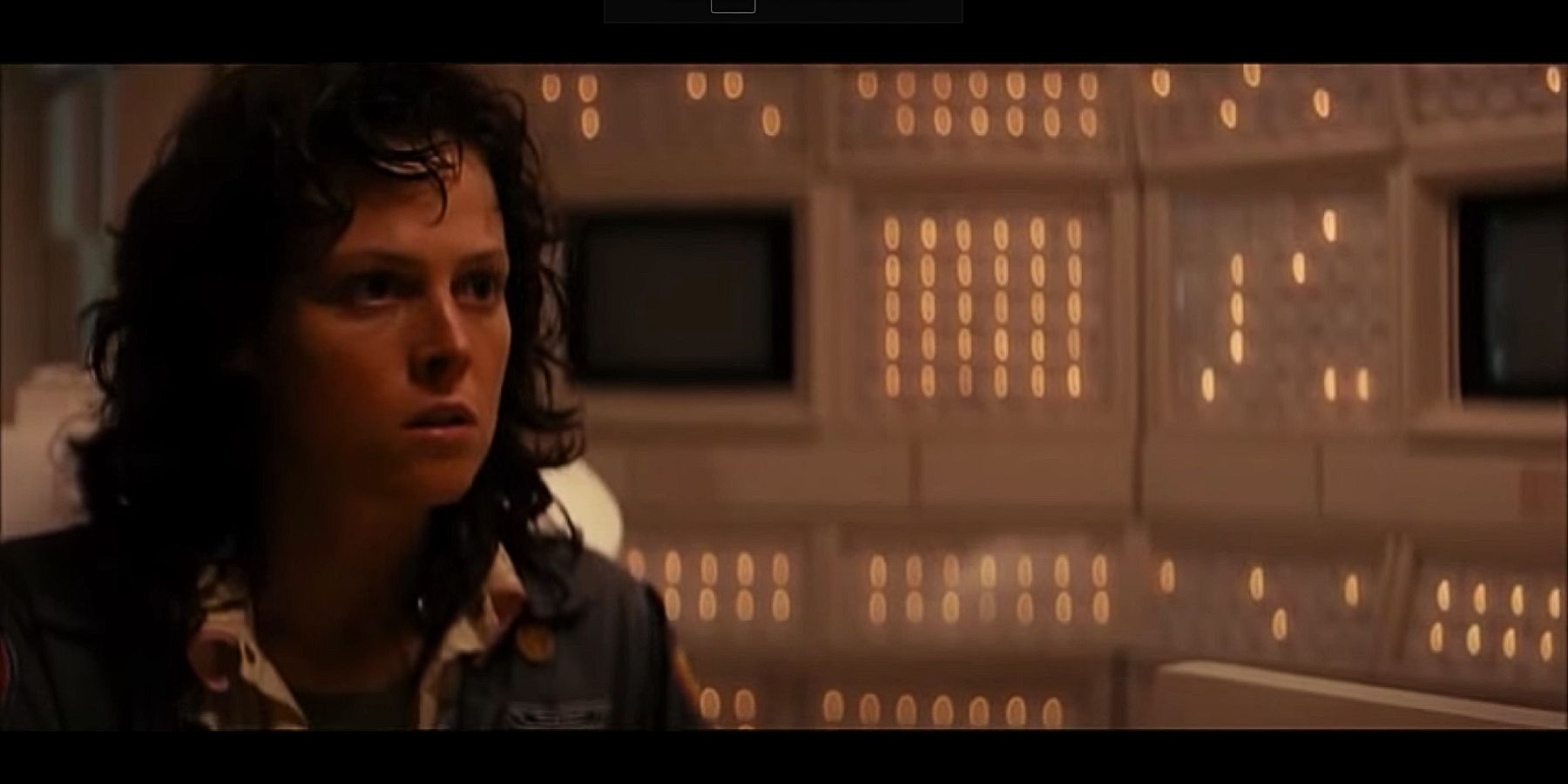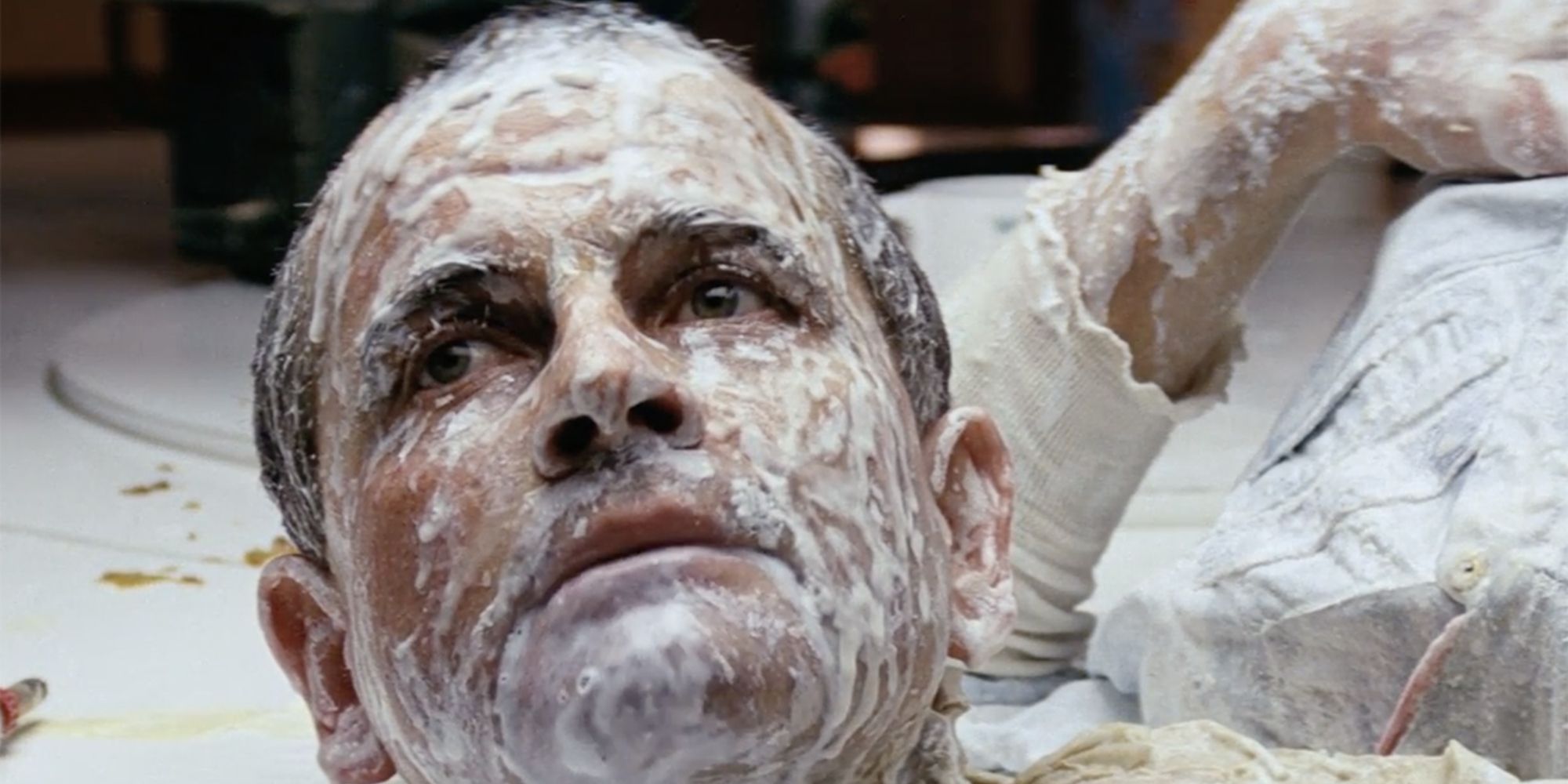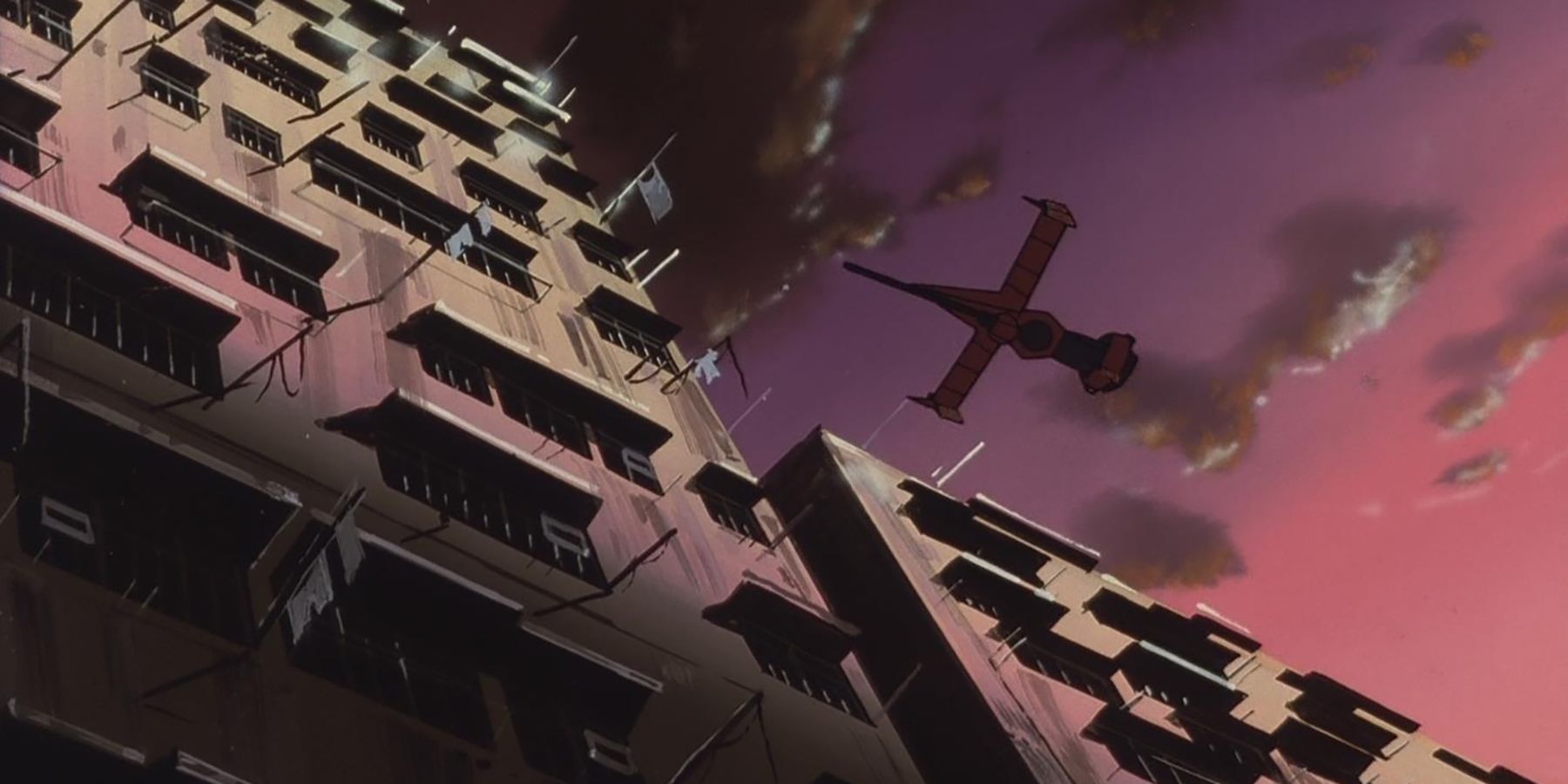Science fiction is a genre dedicated to creative minds imagining what the distant future or the far reaches of space might be like. Some of those glances beyond the veil turn out to be strangely prescient, but others are inextricably linked to the exact time and ecosystem they were made in.
Ridley Scott's 1979 blockbuster Alien takes place almost entirely aboard the commercial ship Nostromo, which is marked by DOS prompts and blinking lights. Meanwhile, Ridley Scott's 2012 blockbuster Prometheus prominently features a ship of the same name which features massive computer tablets and more advanced technology overall. Prometheus is set 27 years before the events of the original film, yet it seems to feature more futuristic gear. This is far from the only example of this style of visual design and its changing throughout a franchise, but where does the aesthetic come from?
The Used Future aesthetic is a hallmark of the 70s and 80s sci-fi era. It imagines a future in which some things have evolved well beyond modern imagination, while others remain almost identical to their contemporary form. Alien features one of the best possible examples. MU/TH/UR, or Mother, is a fully realized artificial intelligence who pilots a spaceship while the crew enters cryogenic hibernation. She is capable of giving and receiving orders, as well as plotting behind people's backs. She's aware of seemingly all information, and constantly reporting the activities of the crew back to the Company. She's more advanced than Siri or Alexa, but because she was created in 1979, she's embodied by a classic DOS prompt. That's the used future in a nutshell: extremely advanced technology in a weirdly outdated format.
The other bible which creators have connected to the used future aesthetic is the original Star Wars. Looking back at the interior of the Millennium Falcon or the controls of the Imperial Star Destroyer reveals a host of classic scraped electronic parts. Prop masters of the era used whatever they could find in shops or break off in junkyards to realize George Lucas' vision. The new entries in the Star Wars saga often see the technology improve. This is often explained in the lore, however. The funniest example is probably the fate of the Millennium Falcon, which appears in different states between the original trilogy, The Force Awakens, and Solo. The ship is at its best technologically and aesthetically in Solo, strongly implying that Han made a mess of his beloved stolen ship. Conversely, the recreation of the set in the new trilogy makes a few subtle updates, such as updating the lights from incandescent to LED.
The seventies were the prime era of this concept, largely due to budgetary constraints. Films like John Carpenter's Dark Star used boiler rooms and 70s AV equipment creatively to pull off the look of a spaceship. Unlike most sci-fi concepts, this trope is almost solely the domain of film and TV works, rather than originating on the page. Ridley Scott was uniquely key to this movement, between the aforementioned Alien and 1982's Blade Runner. Though the latter was heavily influenced by the cyberpunk subgenre, Scott's obsession with the future looking old was key to its enduring popularity. The film's take on Los Angeles in 2019 features flying cars over a filthy neon-lit city. That aesthetic would go on to define decades of future science fiction.
Anime is a long-time home of the used future aesthetic. Cowboy Bebop is the most iconic demonstration of the concept, with the beautiful fusion of classic noir and interstellar travel. The Bebop is a huge, rusty aircraft carrier that miraculously takes to the depths of space. The jazz-like mixture of genres is part of what makes Cowboy Bebop so iconic, but it's not the only anime to use the aesthetic. Takehiko Ito's Outlaw Star uses much of the same aesthetic coding, with added elements of magic. Mobile Suit Gundam makes use of the idea with pieced-together robots and scrappy resistance fighters using whatever they can get their hands on. Since budget isn't a concern when it comes to drawn material, anime gives the viewer a better look into what makes the used future aesthetic so appealing.
For many works of science fiction, the used future is a statement on the disastrous outcome the creator sees in humanity's future. Blade Runner's filth and smog lit by extravagant neon demonstrate the overpopulation and urban sprawl of the future. Alternatively, it can also be used to code characters and their capabilities. Cowboy Bebop features a few shiny ships, but they're almost always the property of unforgivable villains. This frames the heroes as scrappy underdogs making do with what they have, while the bad guys are powerful in every way. The used future offers several helpful visual storytelling options.
This aesthetic is less common in the modern-day, mostly thanks to the enormous budgets of most blockbuster films and TV shows. The small visionary works that spawned the concept inspired billion-dollar franchises that ensure much nicer effects for their modern incarnations. It would be fascinating to see the used future make a comeback in the modern day, if only for all the powerful messages it can lay out.



